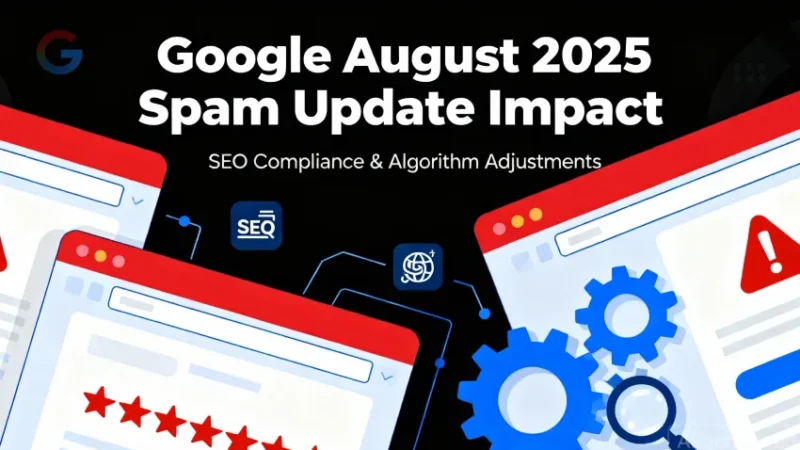Today’s SERPs are more competitive than ever before. To rank for high-volume keywords and drive qualified leads to your business, you need to stand out from the crowd by creating interesting, engaging content.
The best way to do this is by using niche edits – highly relevant links targeting a specific audience with a shared interest in a particular topic. By doing so, you capture the attention of visitors interested in your business and increase the chances of appearing at the top of search engine results pages.
But how can you create quality niche edits to drive traffic and gain visibility? This step-by-step guide will show you everything you need to know about creating effective niche edits.
What is a Niche Edit?
A niche edit is a link highly relevant to the content of the page on which it is posted. It is one of three types of links that you can use to increase your SEO, the other two being direct and regular links.
Niche edits differ from direct links as they do not contain your business name or URL, although it includes keywords you want to rank for. When you post a niche edit on a site, you will write an article closely related to the content already on that page.
Why are niche edits so necessary?
To significantly increase your traffic and get your website to rank at the top of SERPs, you need to build high-quality links to your site. The best way to do this is by conserving your energy by only focusing on building links from high-authority sites relevant to your business.
However, it can be extremely time-consuming to find and contact these sites. This is where niche edits come into play. By creating and posting niche edits on sites that are relevant to your business, you will be able to make the most of your time and resources by creating links that are high-quality, relevant to your business, and easy to create.
Now that you know what niche edits are, let’s look at a step-by-step guide on how to create niche edits:
Step 1: Find and research relevant anchors
The first and most important thing you need to do when creating niche edits is to find relevant anchors. When looking for niche anchors, you want to ensure that the content you are linking to is highly related to your business.
This can be done by using the metrics mentioned above to find authoritative sites in your niche related to your business. Once you have found the best anchors, you want to ensure that you are reading the content on the site. This will allow you to understand the topic you are linking to and give you ideas for your niche edit.
Step 2: Find relevant websites and blogs.
The second step in creating niche edits is finding relevant websites and blogs. When looking for these links, you want to ensure that the website is pertinent to your business.
The best way to do this is to find the anchor you are linking to and then go to the “About” or “Contact” section to see who owns and runs the site. If a company or individual owns the site, it is a great place to get a niche edit link.
There are also several tools that you can use to find relevant websites to get a niche edit link. These include BuzzSumo, SEMrush, and Reddit.
Step 3: Craft your niche edit content
Once you have found your niche anchor and have read the site’s content, you want to create content that is closely related to the topic you are linking to. The best way to do this is by following these essential tips when writing your niche edit:
- Make sure that your niche edit is between 500 and 800 words long.
- Focus on adding value to the reader.
- Focus on only linking to the anchor once.
- Make sure that your niche edit is formatted correctly.
Step 4: Reach out to website owners
Once you have found the relevant website and blog to get a niche edit link, you want to reach out and ask for a guest blogger invite. The best way to do this is to send a professional email to the site owner and ask if they would be interested in having you write a guest post for their website.
You can also use this opportunity to ask if they would accept a niche edit link to your website. If the site owner agrees to your offer, you want to create the content for the post and link to your site and the site owner’s site.
You also want to ensure you follow SEO best practices regarding guest blogging. This includes ensuring that you have your anchor text in your author bio, guest post title, and URL and ensuring that your content is original and not plagiarized.
Step 5: Follow up
The final step in creating niche edits is to follow up with the website owner when you have finished creating the content and published it on their site. This lets you remind the site owner that you linked to their site and show them that you appreciate their website.
Conclusion
Niche edits are one of the best ways to create high-quality links relevant to your business. They are also beneficial for you and the site owner as you create content closely related to their content and are more likely to be accepted and published. The best way to create effective niche edits is to find the anchor you are linking to, create content closely related to the topic, and then follow up with the site owner to publish your link. With these tips and tricks, you can easily create quality niche edits, drive traffic, and gain visibility in the SERPs.




